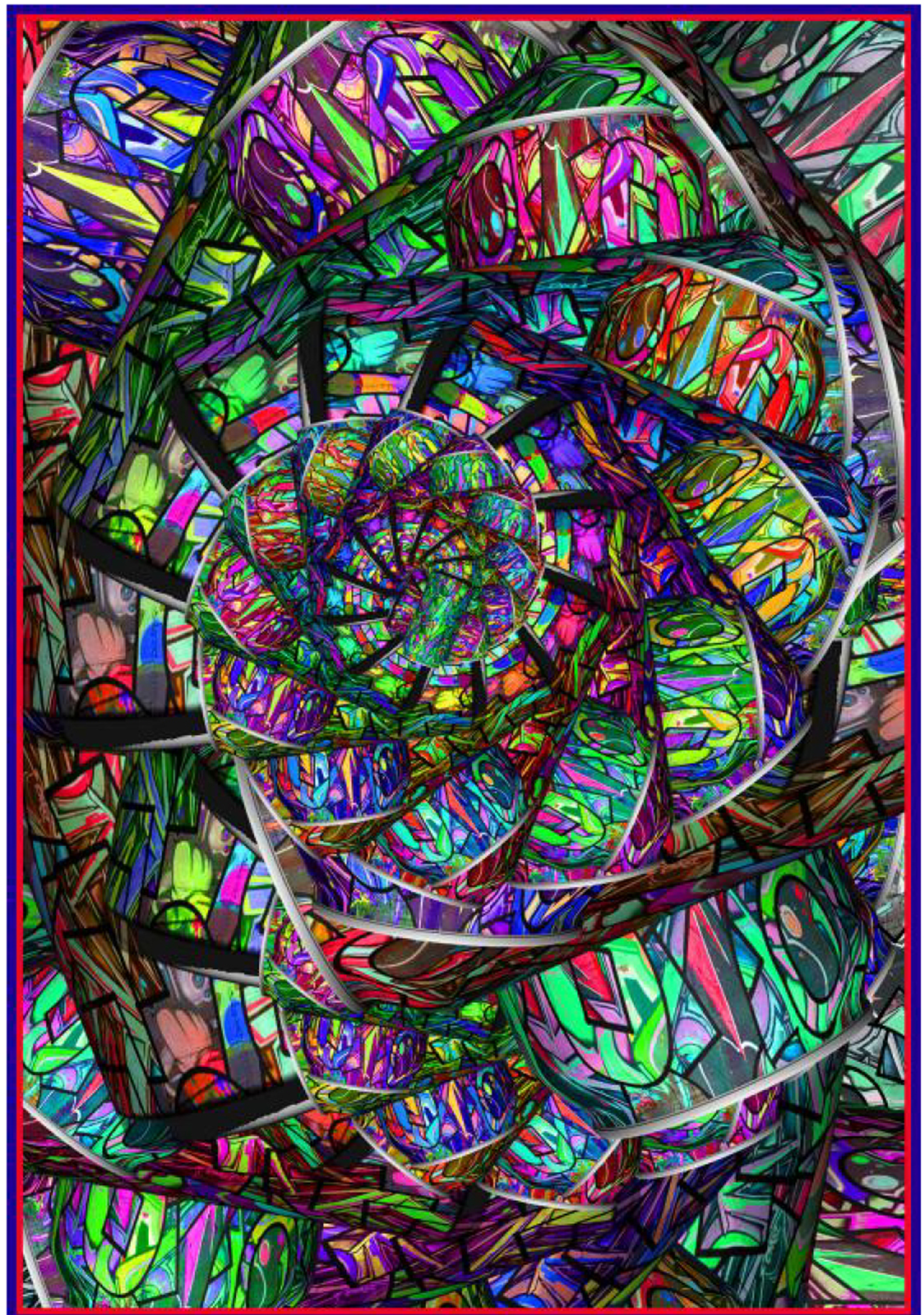AP Art of the Week
Spotlight on Artist Chris Chavez
Welcome to The Elective’s digital art museum, dedicated to the incredible work of AP Arts students. This week we feature a graffiti work made by Chris Chavez from Brunswick School in Greenwich, Connecticut.
Welcome to The Elective’s digital art museum, dedicated to the incredible work of AP Arts students. Each week we highlight a work or series created in one of the AP Arts concentrations—AP 2-D Art and Design, 3-D Art and Design, and AP Drawing (the AP Program also offers Art History and Music Theory)—as well as a statement from the artist (and, occasionally, their teacher).
From the first cave paintings to contemporary breakthroughs in virtually reality, art, in all its forms, has been a crucial way for people to process, make sense of, comment on, and grapple with the world around them. In 2020, there is a lot to process and grapple with—and AP Art students have risen to the challenge. The work many of them submitted in their final portfolios is explicitly of the moment, from commentary on the covid-19 pandemic to the celebration of people of color to the nature of heroism in perilous times.
The work is often challenging and provocative but always insightful, inspiring, and expansive.
This week we feature a graffiti work made by Chris Chavez from Brunswick School in Greenwich, Connecticut.

Here’s Chris’ statement on the work:
“Graffiti is a visual form of communication involving unauthorized adornment of public spaces. My sustained investigation explores graffiti as an inspiration to create new work. Graffiti artists create such intense artworks with many patterns and color schemes, and for this piece—and others in my portfolio—I try to capture the intensity of color in the environment. For others, I printed out the images to tear them up and explore the different angles and color designs. I proceeded to incorporate pastel crayons and sticky letters to add to the images. Later, I uploaded them into Photoshop to start changing the saturation, fill and opacity. I also explored color, rhythm, and pattern, which led to pieces that developed so far that they do not look like graffiti.”
Here's more from Chris on his work:
And here are a few more images from Chris’ portfolio:

Brooklyn: Explore the vibrancy within the images, mirroring to create different angles and illusions

Using graffiti images, sticky letters, and pastel crayons, changed the saturation and brightness, compact the layers, and then made it into a 3D ring

Using graffiti images, sticky letters, and pastel crayons I blended certain colors of pastels, tore up the paper images, and changed the saturation and brightness

Wooden Pillars: Transparency, modern buildings, the angles and reflections of glass buildings
Student statements are lightly edited for length and clarity.



